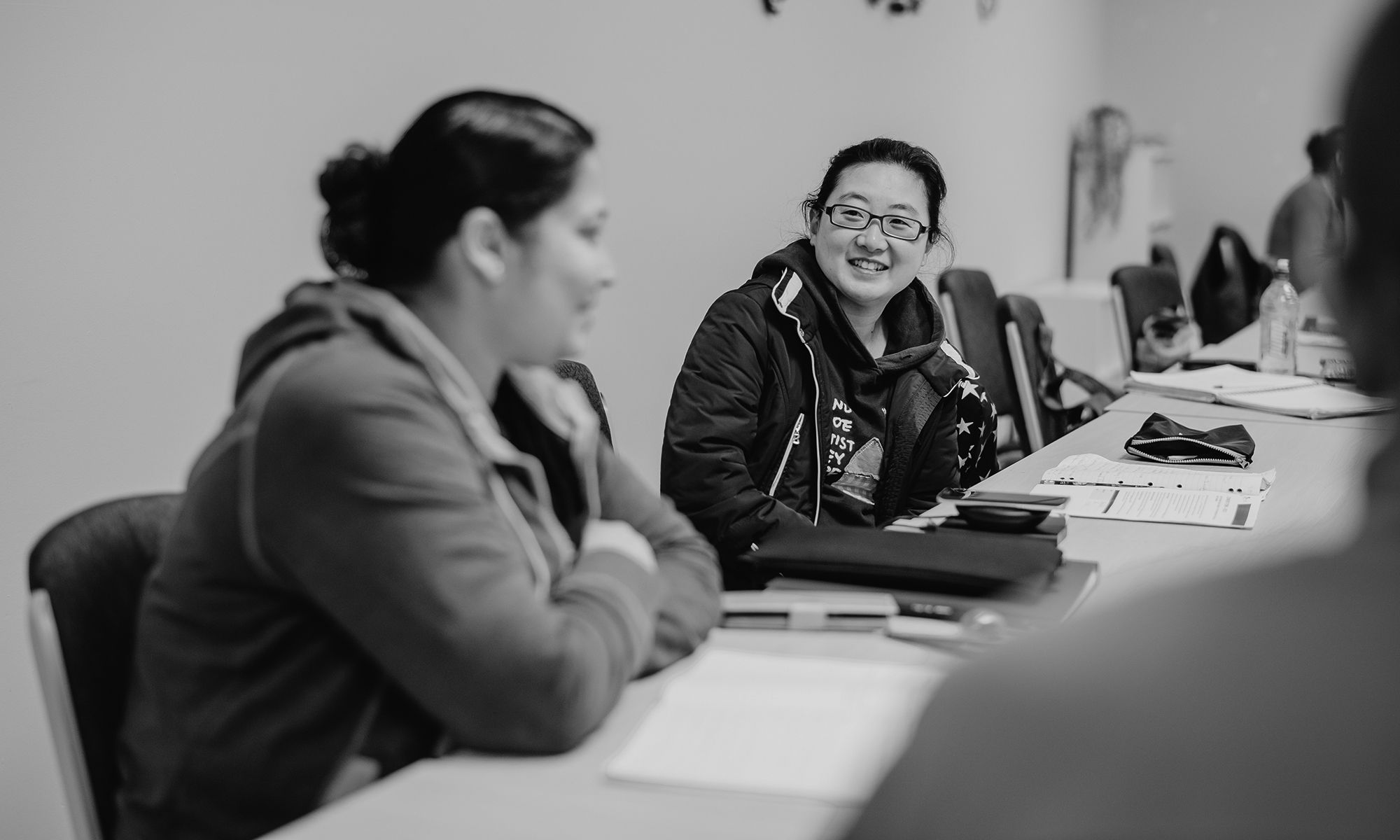Authors: Deanna McCall, Deborah Western and Melissa Petrakis
University of Newcastle
Monash University
Edition: Volume 60, Number 1, April 2020
Introduction: In recent years, the Australian federal government has sought to increase the diversity of students attending higher education through supporting students that have traditionally been under represented. This is due to a perception that the attainment of a higher education can enhance a graduate’s life as they have greater access to professional positions, which may also lead to higher wages and better career stability. Most of the existing research is focussed on the student’s process of deciding to enrol, and how to support students to succeed once they are enrolled, but fails to explore in-depth narratives of students’ stated reasons of why they enrol, and if they consider these preconceptions to have been met or challenged.
The current research contributes knowledge by investigating factors that lead students to enrol in higher education. The study aimed to examine how the Australian federal government’s ‘Widening Participation’ agenda has affected Australians’ perception of higher education. It is important to examine how enrolment of non-traditional students has changed throughout the last fifty years, whether and how the Widening Participation agenda influenced enrolment of students and students’ perceptions of the factors that led to their enrolment post completion of an enabling program. The research argues that the concept of a ‘traditional’ student enrolled in higher education is outdated and that ‘non-traditional’ students are now the majority.
Keywords: higher education, widening participation, educational equity, first-in-family, neo-liberalism, gender
![]()
![]()
![]()
![]() Share a copy of this abstract.
Share a copy of this abstract.
This article is part of AJAL, Volume 60:1. The entire volume is available in .pdf for purchase here.
